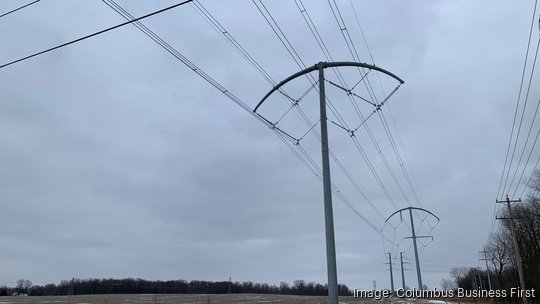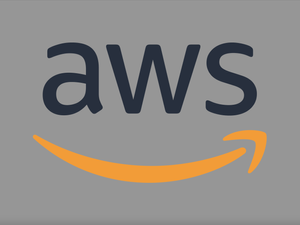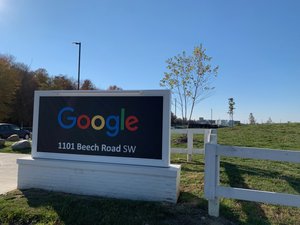
Central Ohio tech leaders have joined a national movement to reduce harmful climate impacts from the hardware and software that powers their businesses.
Efforts already under way in Columbus range from rethinking how to hire and train software developers to upcycling old devices, local founders said at a kickoff meeting for a working group of the nonprofit Sustainable IT, coordinated by Smart Columbus and Rackspace Technology.
"Technology is a significant driver of the consumption of energy," said Rackspace CTO Srini Koushik, who works from Dublin for the $3 billion San Antonio cloud services provider. "We as IT leaders have a key role to play. ... All of us need to share and learn from one another."
Data centers and their transmission networks today are responsible for 1% of global greenhouse gas emissions, according to the International Energy Agency. Demand for data centers grows by about 10% a year, according to McKinsey & Co.
The power usage for artificial intelligence doubles every three to four months, Koushik said. Cryptocurrency mining and blockchain tech also are energy-intense.
Central Ohio is part of the resulting data center construction wave – massive data farms for Amazon Web Services, which just announced an $8 billion expansion, Facebook, Google and Microsoft.
Those "hyperscale" operators are trying to reach carbon-neutral status by 2030, but are having a hard time sourcing renewable energy sources in Ohio, Koushik said.
CIOs and CTOs need to take sustainability into account when designing systems and software, Koushik said, meaning technology that is greener but also economically viable and not widening inequities. That includes moving computing power to the cloud from on-premises systems and simply making systems simpler.
Branch Insurance, the Columbus digital insurer, decided early on to "buy systems, but grow people," said co-founder CTO Joe Emison.
The tech unicorn is based entirely in the cloud and buys as much software as possible, he said, rather than duplicate effort. Emison estimated that if he had built the IT and coding infrastructure the same as he did in previous businesses, the cloud computing costs would have been 20 times higher.
"I'm only going to write code where it differentiates the business," he said.
While the industry complains about the war for engineering talent, Emison said, jobs that require two years' experience ignore a great source of talent.
Branch hires junior developers and pays a $200 weekly stipend while running them through its in-house coding boot camp. A little less than half progress to a six-month internship and half of those join full-time. The average age is 28, coming to tech as a second career.
"The result is a more cohesive team," Emison said. (Branch cut 55 jobs in recent weeks, but he said that did not impact the developers as much as other roles.)
It's a smaller team with lower average salaries but producing faster and better outcomes than competitors with fewer insurance products, Emison said.
"I wish more tech companies did this," he said.
On the hardware side, Sage Sustainable Electronics Ltd. focuses on refurbishing and reusing electronics that businesses retire.
About 80% of a device's lifetime environmental impact comes from the manufacturing and transporting before it's ever turned on, Sage co-founder Bob Houghton said. The carbon impact from recycling is "minuscule."
"The real key is when it lives longer," he said. "If you reuse more, your cost of ownership goes down."
Last year, a healthcare company on the West Coast made $3 million from Sage refurbishing and reselling printers, scanners and other devices – and avoided releasing 8 million kilograms of greenhouse gases. A Midwest bank with more laptops in its mix, made $2.6 million on resale, donated some to a digital equity program and avoided 13 million kilograms of greenhouse gases.
Founded 9 years ago in Columbus, and with a second site in Nevada, Sage has grown to 320 employees.
Koushik, a former CIO and CTO at Nationwide, moved to Silicon Valley for a decade, but returned to Central Ohio after joining Rackspace in 2021. He hired Ben Blanquera, founder of the TechLife Columbus networking and collaboration group, and they're hiring.
Rackspace announced Wednesday that it has appointed Koushik to lead its practice helping clients adopt generative AI to gain insights from their data.
"We want to make the Central Ohio region a hub for us ... and lead the country in responsible and sustainable use of generative AI," Koushik told Columbus Inno at the Tuesday event.







